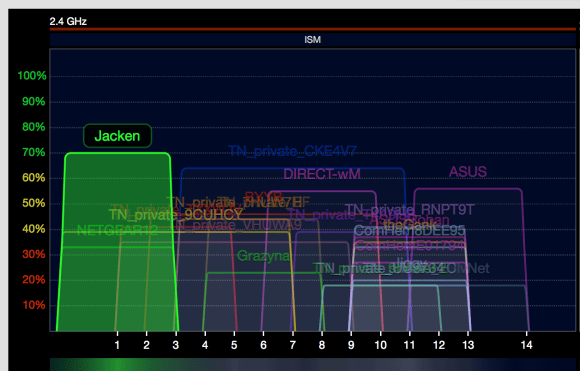

Devices with built-in wireless networking typically have excellent antennas. Wireless network signals are sent to and from your computer. Replace your device wireless card-based network adapter Because 802.11n (wireless-N) operates at both 2.4 GHz and the less frequently used 5.0 GHz frequency, these higher GHz devices may cause less network interference.ĥ. To reduce noise, buy cordless telephones and other devices that use the 5.8 GHz or 900 megahertz (MHz) frequencies. As a result, their signal noise could interfere with the connection between your device and router. Many wireless electronics such as cordless telephones, microwave ovens, baby monitors, and garage door openers use this same frequency. The most common wireless technology, 802.11g (wireless-G), operates at a frequency of 2.4 gigahertz (GHz). If you replace the omnidirectional antenna with a high-gain antenna, you can aim the router’s wireless signal in the direction you want. Many routers, however, come with removable antennas. So if you place a router near an outside wall you end up broadcasting half of your wireless signals to the outside world. Router antennas are usually omnidirectional, meaning they broadcast in all directions. Locate your router to avoid these kinds of obstructions as best as possible. Walls, floors, and metal objects can interfere and weaken your router's wireless signals. For two-story structures, if your router or access point is on the first floor, place the router or access point high on a shelf to provide a stronger signal for devices on the second floor.

While there is no golden rule for fixing wireless network issues, the following tips and tricks may help improve the performance of your network.Ĭentral locations provide the best signal coverage across your entire building. This poor performance impacts your productivity. Many wireless networks sometimes slow down or temporarily break down. Are you having problems with your wireless network? If so, you are not alone.


 0 kommentar(er)
0 kommentar(er)
